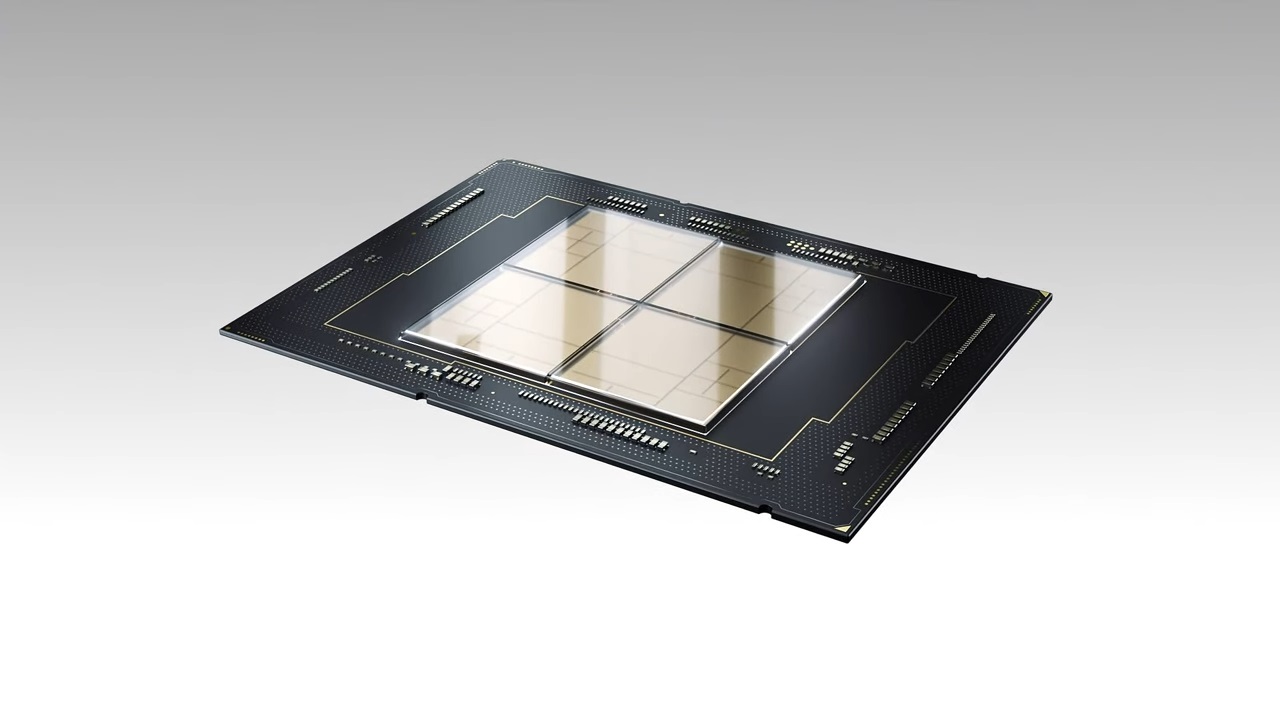Intel Sapphire Rapids leak offers sneak peek at specs and performance
Is Sapphire Rapids fast enough to take the data center crown?

New details have emerged regarding Intel’s upcoming Sapphire Rapids-SP 56 core processor which is intended for use in data centers.
According to a new report from Tom’s Hardware, hardware leaker YuuKi_AnS has once again provided more information on the chip giant’s Sapphire Rapids processors after benchmarking them back in February of this year.
Just like its Alder Lake processors, Sapphire Rapids will leverage Intel’s Golden Cove cores and Intel 7 node which was previously known as 10nm Enhanced SuperFin process.
Based on the screenshots YuuKi-Ans shared on Twitter, the leaked Sapphire Rapids-SP processor has 56 cores and 112 threads. While we don’t yet know how it will perform in real-world testing, the new chip is outshined by AMD’s EPYC 7003 (Milan) chips that have up to 64 cores and 128 threads.
Sapphire Rapids-SP processors
In addition to its 56 cores and 112 threads, Intel’s Sapphire Rapids-SP chip has 112MB of L2 cache and 105MB of L3 cache. Once again though, the top of the line EPYC 7003 beats it with up to 256MB of L3 cache.
Still though, Intel is preparing a Sapphire Rapids chip with up to 64GB of HBM23 memory while AMD’s Milan-X chips will feature 512MB of 3D V-Cache.
It’s also worth noting that the Sapphire Rapids-SP processor leaked by YuuKi-AnS is an engineering sample so things could change when the chip goes into production. Regardless, the leaked processor has a base clock of 1.9 GHz and can boost all the way up to 3.3 GHz. Meanwhile, the single-core boost clock can reach speeds of up to 3.7 GHz.
Sign up to the TechRadar Pro newsletter to get all the top news, opinion, features and guidance your business needs to succeed!
Powering Intel’s Sapphire Rapids-SP processor will require a significant amount of energy as it has a 350W PL1 rating according to YuuKi-AnS’s screenshots and a 420W PL2 rating. However, the actual enforced power limit from inside the BIOS goes all the way up to 764W and the chip itself can reach a max temperature of 99 degrees Celsius.
Although Sapphire Rapids was supposed to be released during Q2 of 2022, delays have pushed its release to the third quarter of this year. These delays also mean that Intel’s new data center chip may have to go up against AMD’s EPYC 7004 (Genoa) which could arrive around the same time.
Via Tom's Hardware
After working with the TechRadar Pro team for the last several years, Anthony is now the security and networking editor at Tom’s Guide where he covers everything from data breaches and ransomware gangs to the best way to cover your whole home or business with Wi-Fi. When not writing, you can find him tinkering with PCs and game consoles, managing cables and upgrading his smart home.
